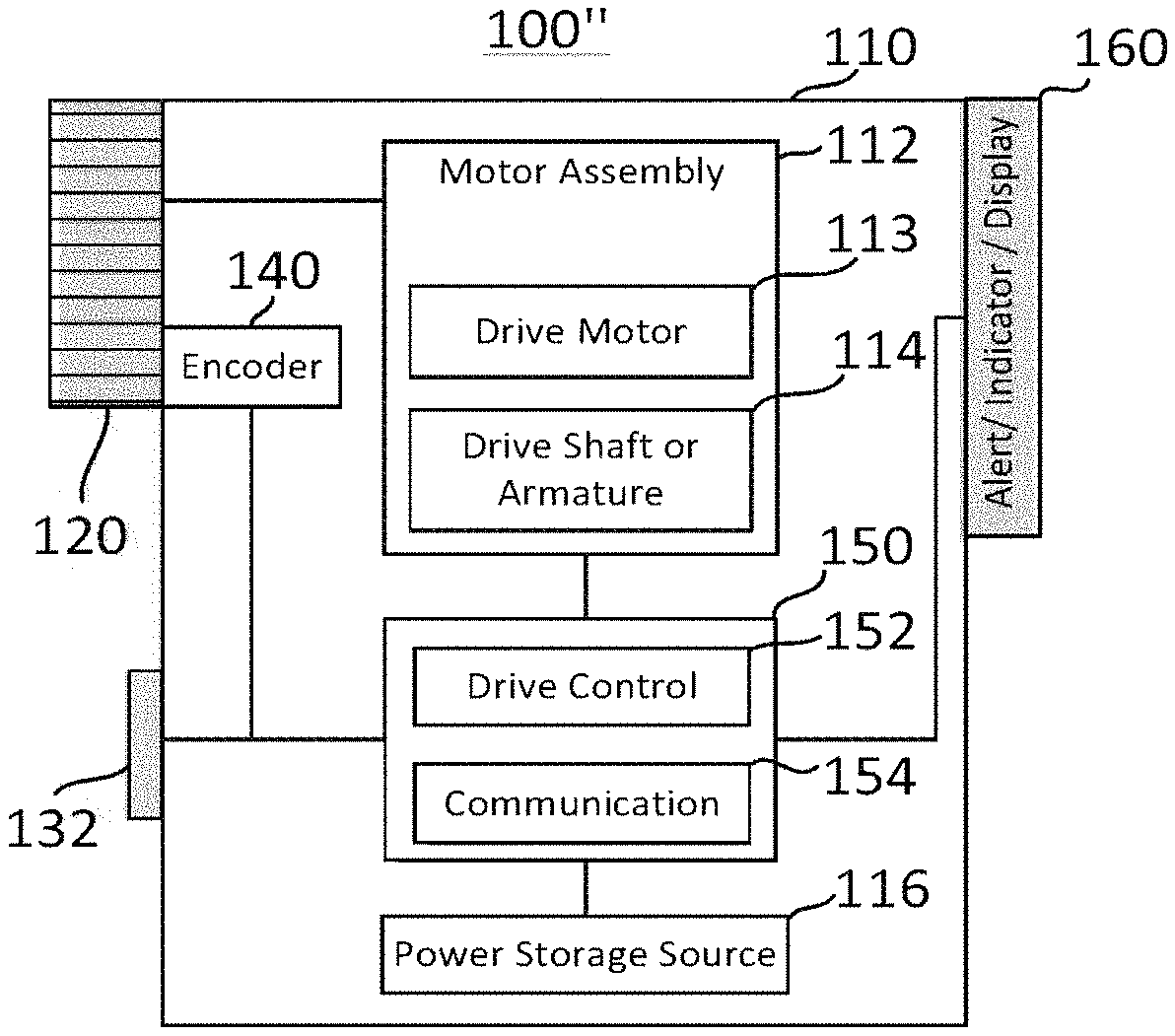Invented by Scott Straka, Ryan RUTLEDGE, Jeff Alexander, LOreal SA
Brush encoding devices are designed to improve the functionality and effectiveness of handheld cosmetic devices by utilizing advanced encoding techniques. These devices work by encoding the movements and patterns of the brush or applicator, allowing for precise and consistent application of cosmetics or hair treatments.
One of the key benefits of brush encoding devices is their ability to promote optimal performance. By accurately encoding the movements of the brush, these devices ensure that the cosmetics or hair treatments are evenly distributed and applied to the desired areas. This not only enhances the overall effectiveness of the product but also reduces wastage and saves time for the user.
Furthermore, brush encoding devices can also offer customizable settings to cater to individual preferences. Users can adjust the speed, intensity, and direction of the brush movements, allowing for a personalized and tailored experience. This level of customization ensures that users can achieve their desired results, whether it’s a flawless makeup application or a perfectly styled hairdo.
The market for brush encoding devices is driven by the increasing demand for handheld cosmetic devices that offer convenience and professional-level results. Consumers are increasingly seeking products that can replicate the effects of professional salon treatments in the comfort of their own homes. Brush encoding devices provide a solution to this demand by enhancing the performance of handheld cosmetic devices, making them more efficient and effective.
Additionally, the rise of social media and beauty influencers has also contributed to the growth of this market. With the increasing popularity of makeup tutorials and beauty tips shared online, consumers are more aware of the importance of using the right tools and techniques for optimal results. Brush encoding devices offer a way to achieve professional-level results without the need for extensive training or expertise.
In conclusion, the market for brush encoding devices to promote optimal performance of handheld cosmetic devices is expanding rapidly. These devices offer a range of benefits, including improved functionality, customization options, and professional-level results. As the demand for handheld cosmetic devices continues to rise, the need for innovative technologies that enhance their performance will only continue to grow.

The LOreal SA invention works as follows
The brushhead is used for skincare. An appliance body has a motor assembly to oscillate the brushhead.

Background for Brush encoding device to promote optimal performance of handheld cosmetic devices
Field
The present disclosure describes an appliance used in skin care that includes a brushhead encoder.
In one embodiment, an electronic personal care device is provided that includes: a brushhead used for skincare, an appliance body with a motor assembly to oscillate the brushhead. The brushhead or the portion of the motor assembled that is configured for oscillation has a marking. A brush encoder is then configured to detect this marking and determine the frequency of oscillation.
The brush encoder can be configured to determine at least one of the following: an oscillation angle (angle of oscillation), an oscillation amplitude (amplitude of oscillation), an oscillation frequency (frequency and phase), an oscillation speed, or an acceleration.
In one embodiment, the brush encoder is responsible for determining a change in oscillation.
Circuitry configured to generate appliance-performance information in response to one or multiple inputs indicative a change of oscillation amplitude is provided.
In one embodiment, circuitry configured to generate lifetime use information in response to inputs indicating a speed is provided.
Circuitry that can generate appliance performance data in response to a change of speed is described as “an embodiment.
In one embodiment, circuitry that can negotiate an authorization protocol with a personal care appliance and a client device is provided.
In one embodiment, circuitry that is configured to negotiate a protocol of authorization between a network entity with the personal care appliance is provided.

In one embodiment, circuitry that can negotiate and authorize a number of internet protocol (IP), services between a plurality network entities is provided.
In one embodiment, the brush encoder can be an optical encoder.
In one embodiment, the personal-care appliance includes an alert part, indicator and display that communicates to the user according to the determination of oscillation.
In one embodiment, the personal-care appliance includes a touchscreen display that is configured to accept input from the user.
In one embodiment, the marking can be configured to indicate the type of brushhead.
In one embodiment, the marking includes fiducial marks.
In one embodiment, the marking is a magnetic mark.
In one embodiment, the marking can be an adhesive strip adhered to a brushhead or a portion of the motor assembly.
In one embodiment, the marking can be a molded feature that is on the brushhead of the motor assembly or a portion thereof.
The marking can be used to uniquely identify the brushhead in one embodiment.

In one embodiment, the brush encoder can be configured to track brushhead usage.

Click here to view the patent on Google Patents.
